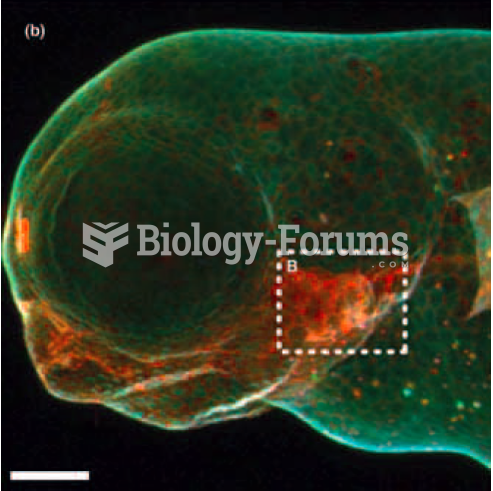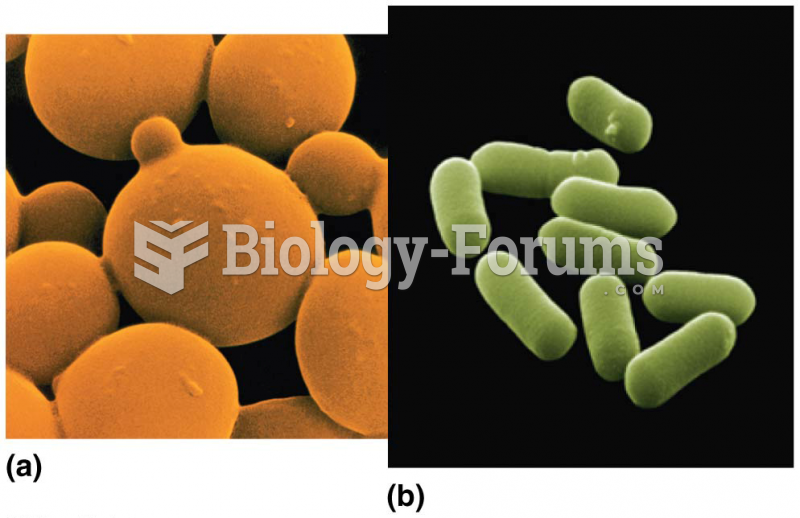|
|
|
Did you know?
Individuals are never “cured” of addictions. Instead, they learn how to manage their disease to lead healthy, balanced lives.
Did you know?
All patients with hyperparathyroidism will develop osteoporosis. The parathyroid glands maintain blood calcium within the normal range. All patients with this disease will continue to lose calcium from their bones every day, and there is no way to prevent the development of osteoporosis as a result.
Did you know?
Cyanide works by making the human body unable to use oxygen.
Did you know?
Thyroid conditions may make getting pregnant impossible.
Did you know?
On average, the stomach produces 2 L of hydrochloric acid per day.







